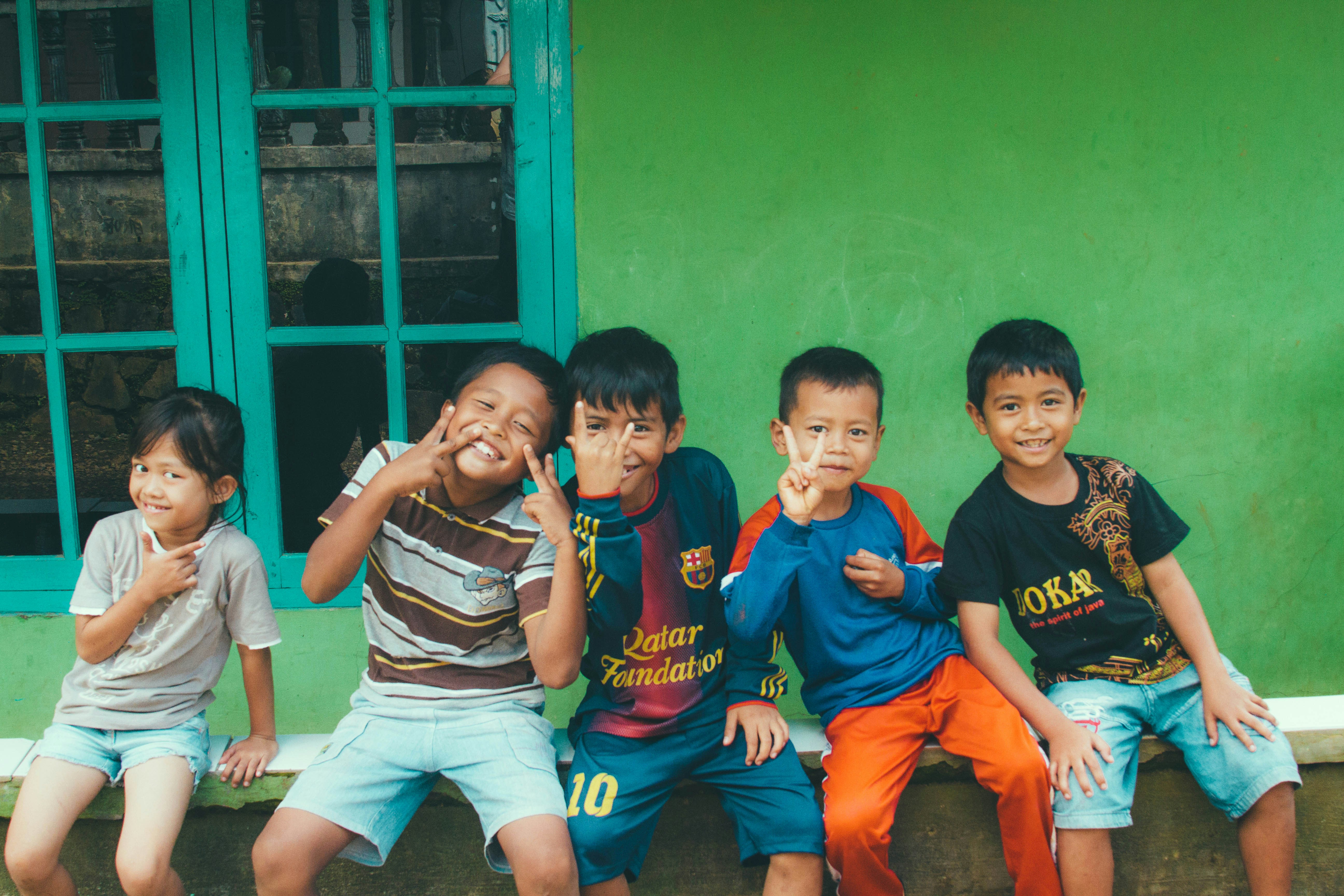

Ever notice how parenting advice sounds like "By age 3, your child should..." and then you look at your perfectly wonderful child and think, "That's definitely not happening yet"? Emotional regulation isn't a one-size-fits-all checklist—it's a deeply personal brain-body process that unfolds on your child's own unique timeline through dynamic neurological growth.
Download the One-Pager
Beyond “Age-Appropriate” Emotions
Ever notice how parenting advice often sounds like this:
“By age 3, your child should be able to…” or “Most 5-year-olds can already…”
And then you look at your perfectly wonderful child and think, Well, that's definitely not happening yet.
Here's what those traditional timelines actually miss: emotional regulation isn't a one-size-fits-all checklist. It's a deeply personal brain-body process that unfolds through a dynamic mix of neurological growth, sensory processing, and lived experience—on your child's own unique timeline.
When we look through a brain-body lens, we see something far more nuanced and beautiful. We see how different parts of your child's system mature at their own pace, shaping the way they learn to navigate feelings and challenges in a world that doesn't always go their way.
Imagine your child's brain as a construction site, with different systems being built and connected at different speeds:
This mismatch means your child's emotions are very real—even if their ability to manage those emotions is still under construction.
| Age Range | What's Developing in the Brain | What You Might See | Support That Helps |
|---|---|---|---|
| Ages 2–4 The Early Years |
• Emotion centers are active • Language is still catching up • Body awareness is forming • Planning circuits are just beginning |
• Emotions show up as full-body reactions • Shifting between states is tough • Responses vary widely • Physical comfort often works best |
• Hugs, rocking, and deep pressure • Short, simple phrases • Calm adult presence during storms |
| Ages 5–8 The Building Years |
• Prefrontal cortex connects more with emotions • Vocabulary expands • Memory supports pattern learning • Social-emotional brain networks form |
• Starting to label feelings • Using familiar regulation tools • Noticing early signs of distress • Talking about feelings after the fact |
• Breathing and movement strategies • Visual or sensory tools • Conversations after regulation • Building emotional vocabulary |
Reality Check: These aren't “shoulds.” They're clues about what might be happening in your child's nervous system—and how to meet them there.
Children with neurological differences—autism, ADHD, sensory differences—often develop emotional regulation in ways that don't match standard timelines. Their brains and bodies may be wired for a completely different kind of growth.
Some children experience internal signals in unique ways:
Brains that process prediction differently may:
The sensory environment directly affects regulation:
Instead of asking whether your child is “on track,” try more helpful questions:
Emotional regulation starts with co-regulation. Your calm, attuned presence builds the foundation for your child's growing independence.
You may not always see big leaps—but emotional growth is happening. Real progress might look like:
Progress is rarely linear—expect zig-zags. That's normal brain development, not a step backward.
Every family can develop shared language that fits your people. This language can describe what emotions feel like—not just what they're called.
Examples:
This language makes invisible experiences visible—and helps everyone feel genuinely seen.
Start noticing your child's emotional patterns through a brain-body lens:
Your insight is more powerful than any milestone chart.
Consider professional guidance if:
Wiring and timing. Early childhood features rapid synaptogenesis (lots of connections) followed by pruning (keeping the efficient ones). Myelination speeds communication between regions, including PFC ↔ limbic pathways, supporting better pause-and-plan over time.
Executive functions. Inhibitory control, working memory, and cognitive flexibility rely on PFC networks that grow with practice, sleep, movement, and low-stress repetition.
Developmental Lens:
References:
Educational Content Only
This resource presents neuroscience-based frameworks as one helpful way to understand your child's experiences. It's designed to complement—never replace—professional clinical services, medical advice, or therapeutic interventions.
Trust Your Instincts
Every child's brain works differently. You know your child best, and what resonates for one family may not apply to another.
This content is developed with care, backed by research, and offered with respect for your family's unique journey.